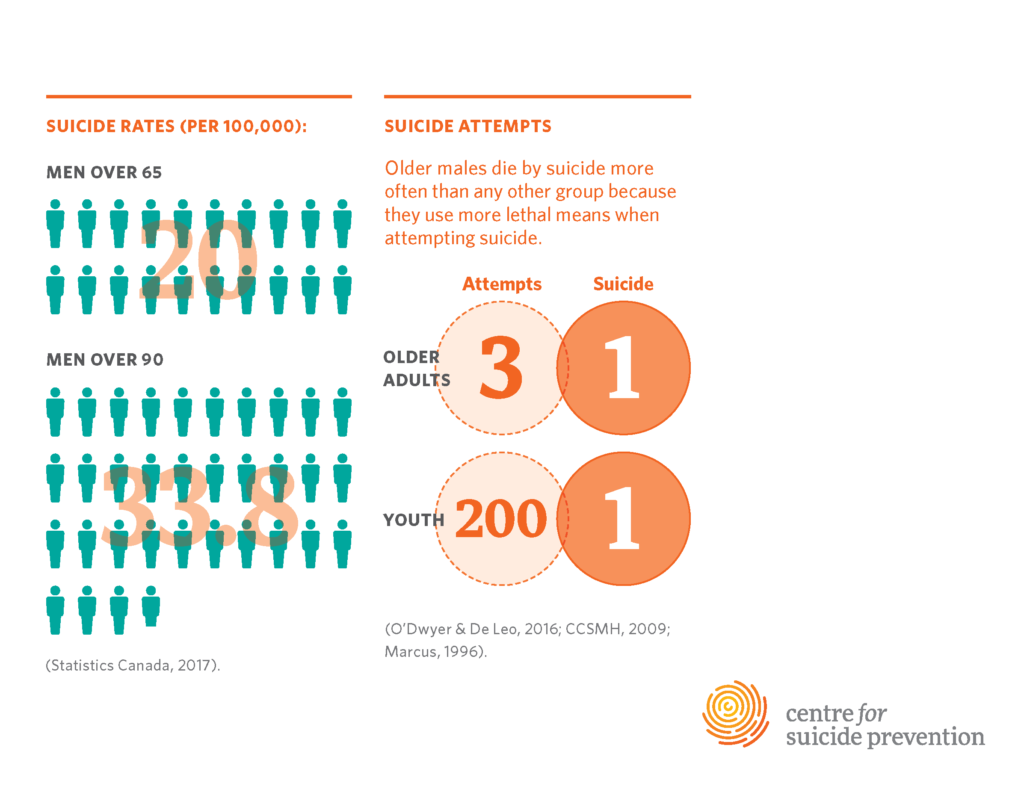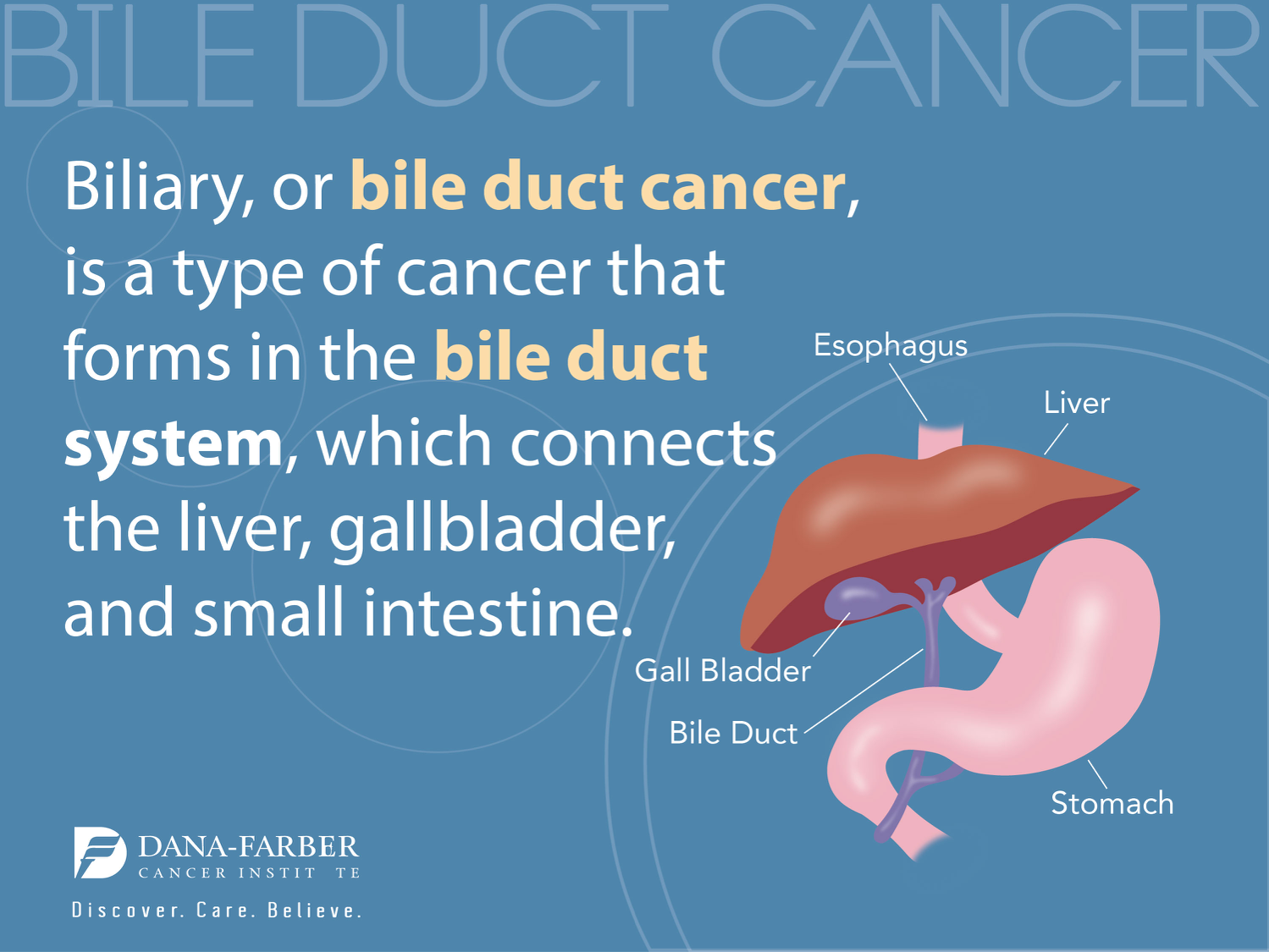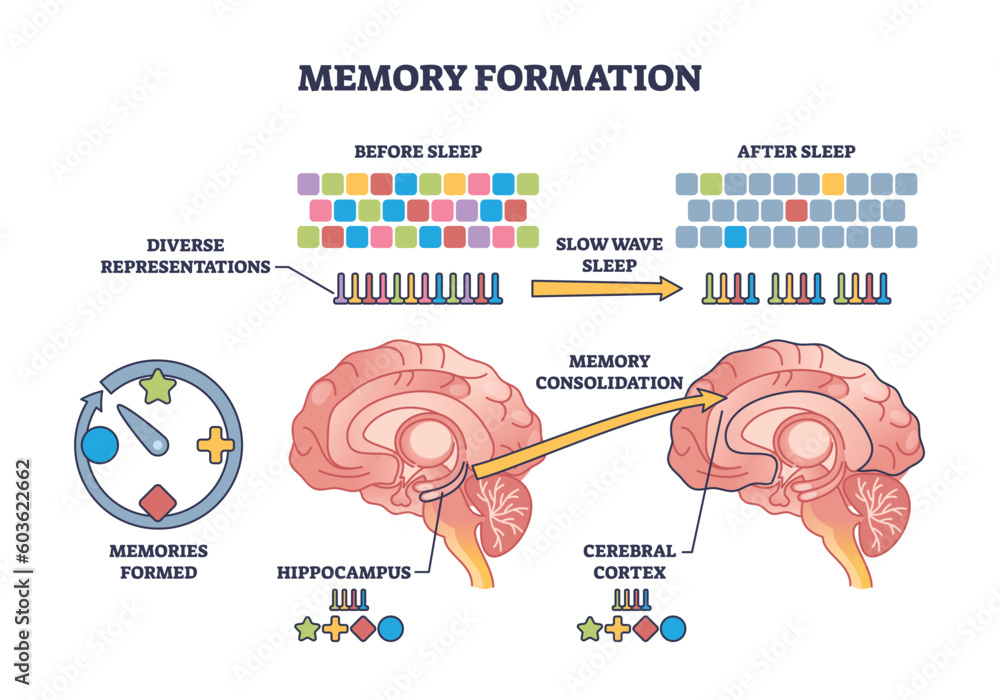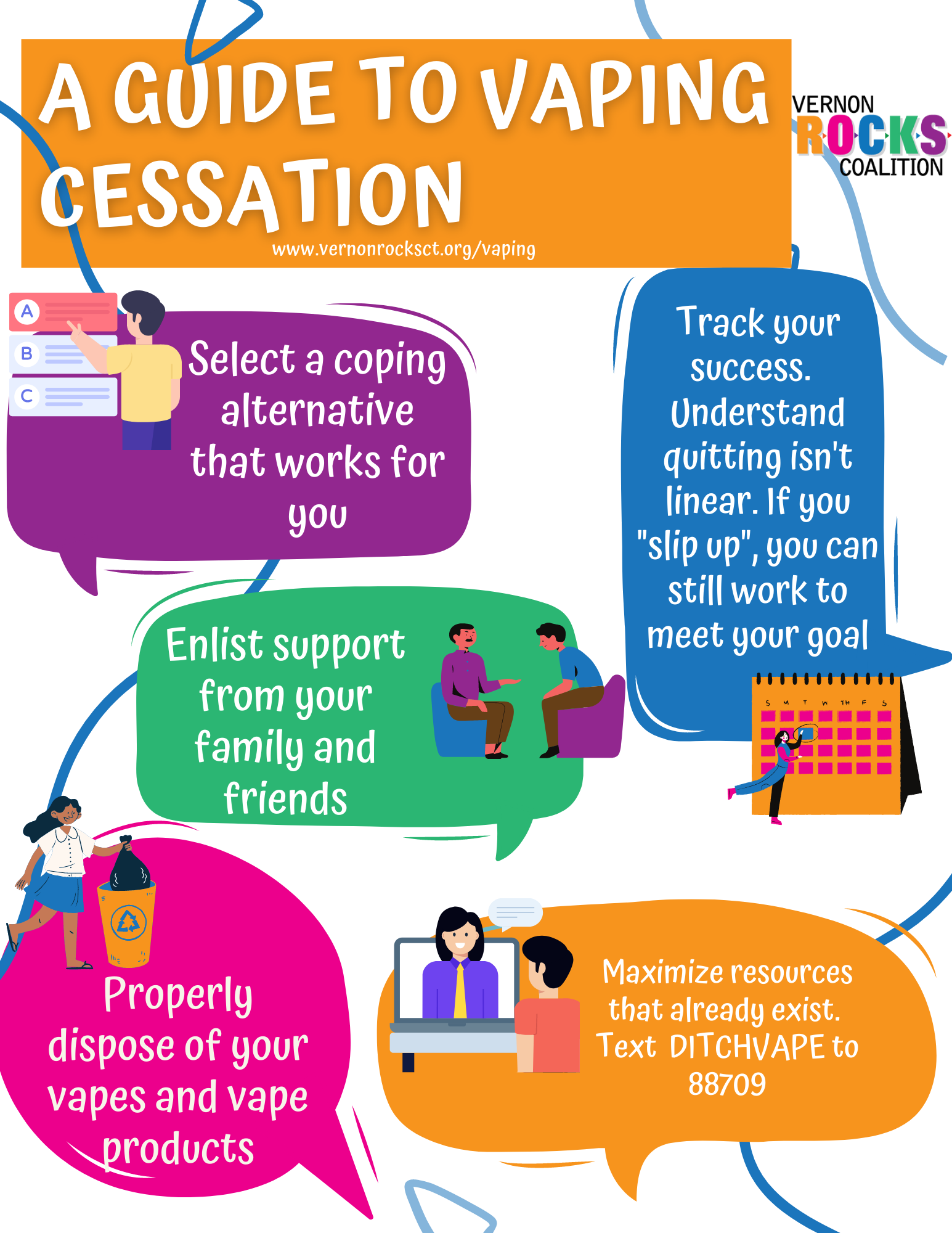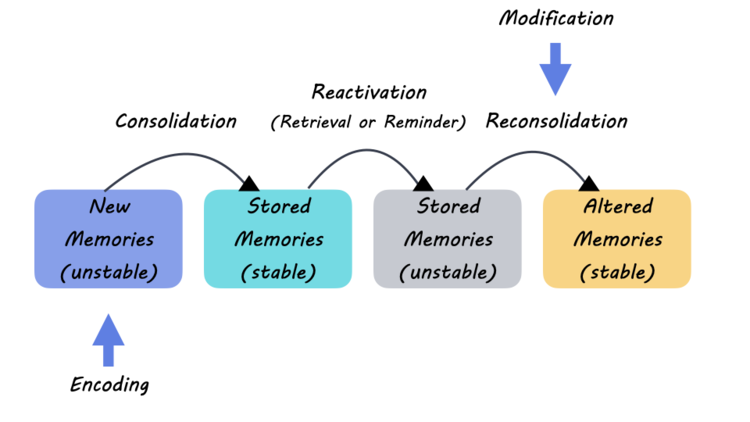Suicide prevention for older adults is a critical and often overlooked issue, especially given that this demographic—particularly those aged 75 and older—exhibits the highest suicide rates of any group. Recent studies have highlighted a concerning lack of tailored mental health resources for seniors, leaving many vulnerable individuals without the support they desperately need. Understanding the unique challenges faced by older adults, such as social isolation and mental health issues, is essential for effective intervention. Geriatric psychiatry experts are calling for a concerted effort to enhance elderly mental health awareness through easily accessible suicide prevention resources. Addressing this gap is vital not only for improving the lives of our seniors but also for fostering a society that values the mental well-being of all ages.
The issue of suicide among the elderly population is becoming increasingly pressing, necessitating urgent attention towards measures that curb such tragedies. Older individuals often encounter significant hurdles in accessing mental health support, resulting in alarming suicide statistics that warrant improved public awareness campaigns. As specialists in geriatric mental health advocate for more inclusive and effective outreach programs, it becomes evident that dedicated resources are essential for this segment of the population. By focusing on tailored strategies that address the emotional and psychological needs of aging adults, we can work towards reducing the prevalence of these distressing outcomes. In light of the growing recognition of older adult suicide rates, fostering open conversations and strengthening community resources can enhance support systems for our aging citizens.
Understanding the High Risk of Suicide Among Older Adults
Older adults, particularly those over the age of 75, are facing alarming statistics regarding suicide rates, making them one of the most vulnerable demographics when it comes to mental health. According to the Centers for Disease Control and Prevention, the suicide rate for this age group has reached 20.3 per 100,000 individuals. This is perplexing, especially as reports indicate a decline in suicide rates for younger populations. The contrast suggests that societal factors, such as increasing loneliness and social isolation experienced by many seniors, may contribute significantly to these troubling figures.
Understanding this high risk is crucial for developing effective mental health resources for seniors. The combination of factors—such as underrepresentation in mental health research and biases that often marginalize the elderly—calls for a concerted effort to address their specific needs. Geriatric psychiatry experts stress that suicide prevention measures for older adults must be tailored to combat the unique challenges they face, including limited access to care and social support systems.
The Need for Targeted Suicide Prevention Resources
Existing suicide prevention resources predominantly cater to younger demographics, overlooking the distinct issues that older adults encounter. The findings from recent research indicate a significant gap in mental health resources for seniors, particularly in online settings where many elderly individuals seek information. A comprehensive review by healthcare professionals at McLean Hospital substantiated that very few resources are readily available for older adults searching for help online, despite the recognized need. This imbalance signifies a crucial area for intervention and development.
Efforts must be made to ensure that suicide prevention organizations consider the unique healthcare needs of the elderly. Tailored, accessible programs are essential for connecting older adults with the help they need. By increasing awareness of elderly mental health challenges and creating targeted campaigns, organizations can begin to bridge the gap, ensuring that the vital resources they offer are within reach for those at risk.
Social Isolation’s Role in Older Adult Suicide
One significant contributor to rising suicide rates among older adults is social isolation. Many seniors live alone, lacking the social connections that are vital for emotional well-being. As age increases, friends and family members often pass away or may live far away, exacerbating feelings of loneliness. Studies have shown that social connections play a critical role in mental health, and for many older adults, the absence of these connections can lead to despair and suicidal thoughts.
Combatting social isolation requires intentional programs designed to promote engagement and community involvement among seniors. This includes facilitating social gatherings, enhancing access to community resources, and encouraging participation in activities that foster social bonds. By addressing the issue of loneliness and creating supportive environments, we can significantly impact the mental health of older adults, ultimately reducing the risk of suicide.
Research Gaps in Elderly Mental Health Awareness
Despite the growing concern over suicide rates among older adults, there remains a notable lack of research specifically focused on this demographic within the field of mental health. Geriatric psychiatry has a crucial role to play in understanding the nuanced needs of seniors. Researchers emphasize the importance of developing studies that not only assess the mental health needs of older adults but also evaluate the impact of existing suicide prevention resources currently available to them.
Targeted research will help fill the gaps in understanding older adult mental health and enable the formulation of effective interventions. By prioritizing studies that focus on the unique challenges faced by the elderly, mental health professionals can work towards implementing strategies that address these issues effectively, contributing to a broader awareness of elderly mental health needs.
Creating Accessible Mental Health Services for Seniors
The availability of accessible mental health services is crucial for effectively tackling the high rates of suicide among older adults. The study by McLean Hospital highlights the disparity between the needs of this demographic and the resources that are currently offered. To address this imbalance, suicide prevention organizations must redesign how they provide information and support, making it easier for older adults to find mental health resources tailored to them.
Innovative approaches, such as leveraging technology to deliver mental health services and resources directly to those in need, could vastly improve accessibility. Utilizing telehealth consultations and online resource directories, mental health organizations can create solutions that reach older adults effectively, ensuring they get the support they require to navigate their mental health challenges.
The Role of Family and Caregivers in Prevention
Family members and caregivers play a vital role in recognizing the signs of suicidal thoughts in older adults. Educating them about the symptoms and underlying issues such as depression or anxiety is paramount in suicide prevention. By empowering families with knowledge and resources, they can act as a first line of support, encouraging their loved ones to seek help when needed.
Moreover, family involvement in the process of care can enhance mental health outcomes for seniors. Open communication and emotional support from family members can significantly impact an elderly person’s mental well-being. Implementing training programs for families on how to engage positively with their older relatives can lead to stronger, more supportive relationships, helping to mitigate feelings of isolation and despair.
The Importance of Community Mental Health Programs
Community mental health programs are essential for providing comprehensive support to older adults struggling with suicidal ideation. These programs can offer a variety of resources, including counseling, support groups, and social activities specifically designed for seniors. By fostering a sense of community, these programs not only help reduce instances of loneliness but also increase awareness of mental health issues prevalent within this demographic.
Incorporating feedback directly from older adults into program development ensures that their unique needs are met. Engaging seniors in the design and implementation of these community programs can enhance their effectiveness, making them more relatable and accessible. When older adults feel they have a stake in the resources available to them, they are more likely to utilize these services and seek help when they need it.
Future Directions in Suicide Prevention for Older Adults
As the crisis of suicide among older adults continues to escalate, future directions in prevention strategies must focus on innovative approaches that cater specifically to their needs. Research indicates that most existing campaigns do not reach effectively, leading to proposals for developing more inclusive messaging that resonates with older adults. Such strategies should incorporate testimonials and experiences from seniors themselves, highlighting relatable stories to foster connection and understanding.
Additionally, funding must be prioritized for specialized programs that address late-life suicide prevention. This funding can be allocated toward established community initiatives as well as research efforts aimed at uncovering new insights into elderly mental health. By investing in both awareness campaigns and direct services tailored to older adults, we can create a comprehensive approach to reduce the alarming suicide rates within this vulnerable group.
Innovative Strategies to Change the Suicide Prevention Landscape
Changing the landscape of suicide prevention for older adults requires innovative strategies that incorporate the latest technology and research findings. Digital platforms and social media could be leveraged to engage seniors in discussions about mental health, breaking down stigmas and encouraging them to seek help. Interactive platforms could allow older adults to connect with peers who share similar experiences, fostering community and support.
Moreover, integrating mental health screenings into routine healthcare for seniors can potentially identify at-risk individuals before they reach a crisis point. Training healthcare providers in recognizing the signs of mental health struggles among older patients is a critical step towards early intervention. By reimagining the delivery and accessibility of suicide prevention resources, we can develop a more robust support system for older adults at risk.
Frequently Asked Questions
What are the current statistics on older adult suicide rates?
Older adults, particularly those aged 75 and older, have the highest suicide rates of any age group, with a rate of 20.3 per 100,000 according to the CDC. This alarming statistic highlights the urgent need for effective suicide prevention resources targeted specifically at older adults.
What mental health resources for seniors are available for suicide prevention?
While many mental health resources exist for seniors, they are often not easily accessible. It’s crucial to look for websites of reputable organizations dedicated to elderly mental health awareness, which may offer hotlines, counseling services, and information specifically tailored to the needs of older adults regarding suicide prevention.
How does geriatric psychiatry address suicide prevention for older adults?
Geriatric psychiatry focuses on the unique mental health challenges faced by older adults, including those related to suicide. Specialists in this field work to identify risk factors, provide therapeutic interventions, and promote suicide prevention strategies that are tailored to the older population’s needs.
What tailored programming is necessary for effective suicide prevention in older adults?
Effective suicide prevention programming for older adults should be tailored to their unique healthcare needs, enhancing accessibility through online platforms and focusing on social support, community engagement, and addressing issues of isolation and mental health.
How can we increase awareness of elderly mental health and suicide prevention?
Increased awareness can be fostered through public campaigns specifically designed to address the needs of older adults. These campaigns should highlight the high rates of suicide among seniors and promote available mental health resources for seniors, thereby encouraging those in need to seek help.
What systemic issues contribute to higher suicide rates in older adults?
Systemic issues contributing to the higher suicide rates in older adults include social isolation, underrepresentation in mental health research, and biases in healthcare that often overlook their specific needs. Addressing these concerns is essential for effective suicide prevention strategies.
Why is there a lack of suicide prevention resources specifically for the elderly?
The lack of suicide prevention resources for the elderly can be attributed to an imbalance in public health messaging and funding, which often targets younger demographics. There is an urgent need for major suicide prevention organizations to develop easily accessible resources specifically aimed at older adults.
| Key Point | Details |
|---|---|
| High Risk Age Group | Older adults, especially those aged 75 and older, have the highest suicide rates. |
| Lack of Resources | National organizations do not provide easily accessible resources specifically for older adults. |
| Study Findings | Research from McLean Hospital reveals an imbalance in online suicide prevention efforts targeting older adults. |
| Contributing Factors | Social isolation and increased age are significant factors leading to higher suicide rates. |
| Need for Targeted Campaigns | Focused suicide prevention campaigns for older adults are necessary and urgent. |
Summary
Suicide prevention for older adults is a critical issue that requires immediate attention and action. Despite being the age group most at risk for suicide, older adults often lack accessible resources tailored to their specific needs. A recent study highlights this significant gap, emphasizing the importance of targeted campaigns and community-focused initiatives to support older individuals facing mental health challenges. The findings indicate a pressing need for healthcare providers and organizations to develop resources that cater to the unique circumstances that older adults encounter, ultimately working towards reducing the suicide rates in this vulnerable population.

